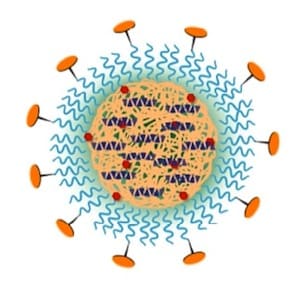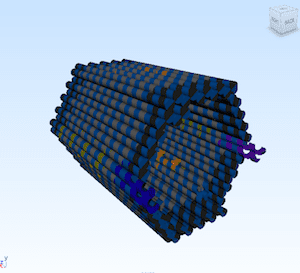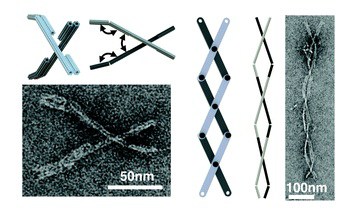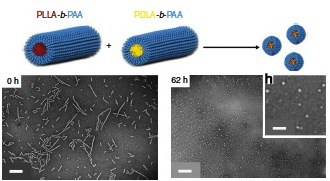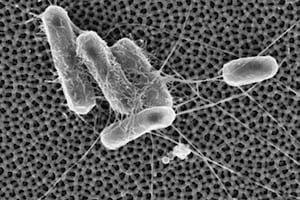In tests in a mouse model of advanced atherosclerosis, core-shell nanoparticles, composed of block copolymers and targeted to sites of inflammation and vascular injury, delivered a bioactive peptide that improved key properties of advanced plaques.
Targeted nanoparticles deliver molecules to resolve atherosclerotic inflammation
